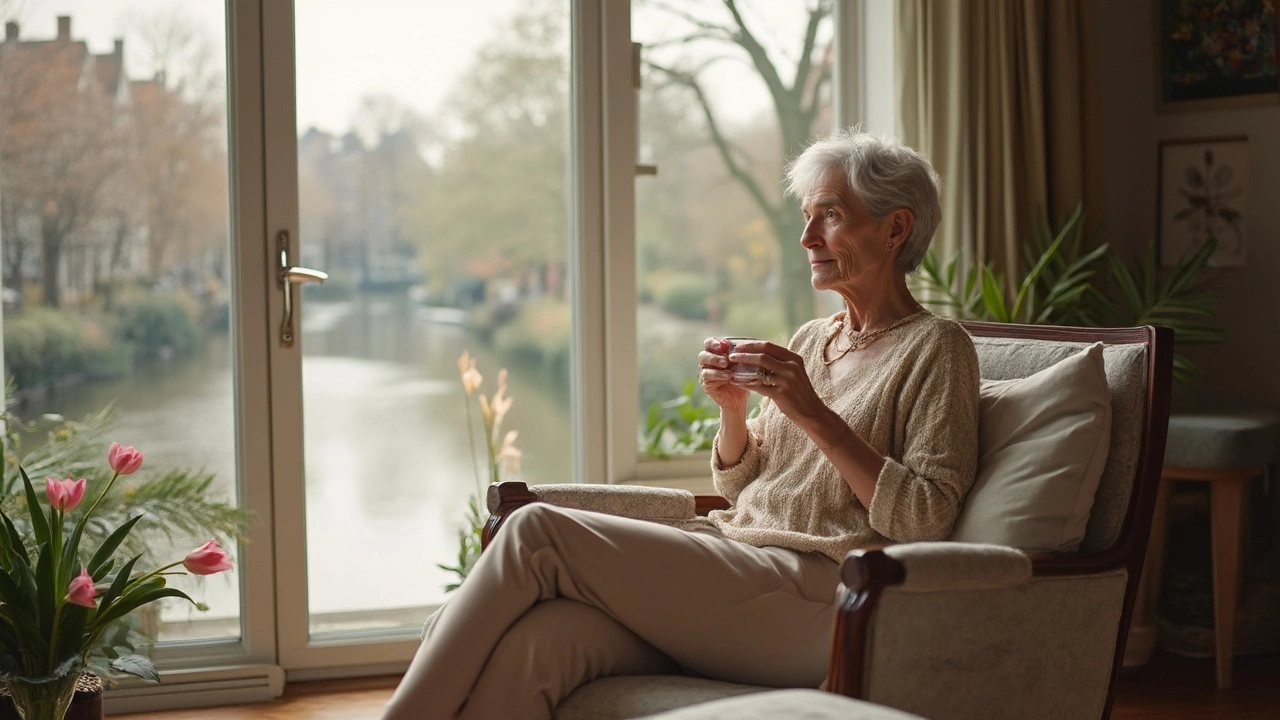Stress Reduction Through Massage: Your Quick Guide
If you’re feeling tense, overwhelmed, or just can’t shake that nagging anxiety, a good massage might be the simplest fix. It’s not about luxury alone – the right pressure, strokes, and oils can actually dial down your body’s stress signals and leave you feeling clear‑headed.
Most people think of massage as a spa treat, but it’s also a proven stress‑busting tool. When a therapist works on tight muscles, the nervous system gets a signal to calm down. Hormones like cortisol dip, while feel‑good chemicals such as serotonin rise. The result? Less racing thoughts, deeper breathing, and a calmer heart rate.
Why Massage Beats Stress
First off, massage hits the physical side of stress. Tight shoulders, a clenched jaw, or a sore lower back are the body’s way of saying “I’m under pressure.” A skilled therapist melts those knots, which instantly tells the brain that danger has passed. You’ll notice the tension melting away within minutes of the first stroke.
Second, the environment matters. A dim room, soft music, and a warm blanket create a mini‑escape from daily noise. Your mind starts to associate the space with safety, making it easier to relax not just during the session but afterward, too.
Finally, consistency is key. One 60‑minute session can give a quick reset, but regular weekly appointments build a resilience buffer. Your body learns to stay in a lower‑stress zone, and you’ll notice you’re less reactive to everyday hassles.
Pick the Right Massage for You
Not every massage works the same way. Here’s a quick cheat sheet to match your mood with a style:
Swedish massage – Gentle, flowing strokes. Ideal if you’re new to massage or just need a calming break.
Deep tissue – Firm pressure on deeper layers. Great for chronic tension, especially in the back and neck.
Thai massage – Stretching and pressure combined. Perfect if you like a bit of movement and want to release joint stiffness.
Tuina (Chinese) massage – Focuses on meridian points and energy flow. Best for balancing stress with overall wellness.
Tantra or body‑to‑body massage – Emphasizes full‑body contact and mindful breathing. Works well for emotional release and deep relaxation.
When you book, tell the therapist what’s bothering you – tight shoulders, sleeplessness, or a racing mind. A good professional will tailor the pressure and rhythm to hit the stress hotspots.
Quick tip: Ask for a short “post‑massage” routine. Simple stretches, a glass of water, and a few minutes of quiet breathing help lock in the calm you just earned.
Living in Amsterdam gives you plenty of options – from boutique studios in the Jordaan to larger wellness centres near the canals. Look for places that list “stress reduction” or “relaxation” in their service menu, and read recent reviews to gauge the vibe.
Bottom line: A massage isn’t just a luxury; it’s a practical tool for cutting stress. Pick a style that fits your needs, book regularly, and you’ll notice a steadier mood, better sleep, and a lighter daily load. Ready to give your stress a break? Your next session could be just a click away.
Unlock the Therapeutic Benefits of Foot Massage Today
Foot massage isn’t just a luxury—it’s a health booster. You’ll discover how regular foot massage tackles stress, supports circulation, and even eases pain. Dive into the different types of treatments out there and learn what to expect from your first session. Get practical advice on finding safe, effective foot massage services in your area. Find out how to make the benefits last and keep your feet happy.
Swedish Massage: The Perfect Remedy for Anxiety and Stress
Feeling anxious or stressed? Swedish massage is a simple, proven way to calm your mind and relax your body. This article explains what Swedish massage is, why it works so well for anxiety and stress, and how you can find the best massage services near you. We’ll cover what happens during a session, what it costs, and simple safety tips to help you have the best experience. Everything you need to know is right here—no fuss, just real advice you can use.

